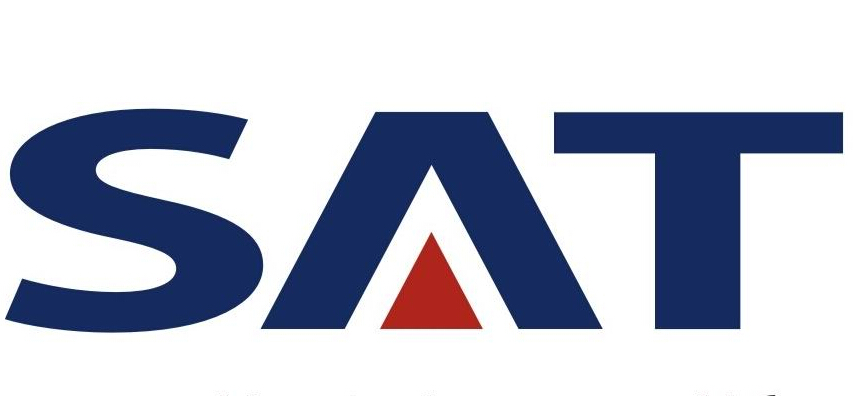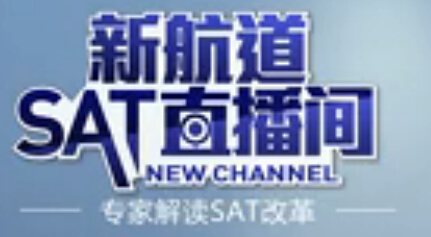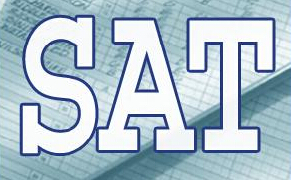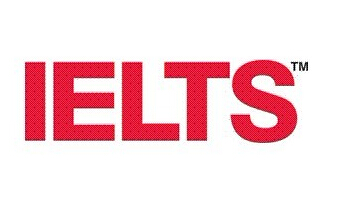SAT备考阅读篇
2014-02-25 17:50 供稿单位: 考试 原创作者:李老师
出国英语考试有哪些 雅思6.5是什么水平 雅思阅读评分标准 托福阅读评分标准 雅思和托福的区别
——SAT2400牛人提分法点评之二
阅读上要讲方法
Step 4. Now, onto the long passages. I had loads of trouble with these before I found this method. I am going to give you my step-by-step method of attacking them, which I have found extremely effective, albeit somewhat more time-consuming. Before anything, you MUST read the short blurb before the passage. It gives you a sense (though always limited) not only of what the passage is going to be about, but also of the position and possible tone of the author. You will then be able to perhaps place yourself into the author's shoes. This is a good point right now to tell you that you MUST love the passage you are reading. Force yourself to love it - throw yourself into the passage with gusto. It works. Though it's quite ludicrous to be super-enthusiastic about a boy and his alfafa patch, with your enthusiasm comes retention, heightened focus, and an oddly vicarious interest in the passage. My general mental approach was a huge contributing factor in my getting an 800 in CR and a 2400 on the SAT.
作者:阅读上要讲方法。阅读最难,也有方法。是否有效,因人而异。步,阅读文章开始的斜体部分(blurb),对文章的主题、作者、段落关系有所了解。这是没错的。至于是否能像原文中说的那样与阅读文章发生恋爱关系,因人而异。以欣赏的心情去读一篇文章无疑更容易进入角色,更容易理解原文的内容。心理学研究表明,带着抵触情绪去读一篇文章肯定不利于迅速理解其内容。而且,平时的阅读情绪对个人能否持之以恒的影响很大。这和练托福阅读与托福听力如出一辙。如果讨厌原文,就很难做下去。我常常把做阅读视为增加知识、提升语言的手段。看到这样的额外好处,学习动力应该更大。
读原文要有章法
Step 5. After you have read that thrilling blurb, don't start reading the passage yet. Quickly jump to the questions, and as fast as you can, skim every question for line number references (don't read the choices or the full question yet). On some passages almost every single question has a line reference - on most others it's about over half. Very rarely will you see a passage with question without any line references (perhaps only rarely on a six question passage). Anyway, once you see a line reference (In lines 23-25 of the passage, the author is saying that...), you should bracket not the lines, but the sentence contained within the lines. This mark-up will allow you to focus in on that sentence once you begin to read the passage. Based on the question, you want to make a small annotation. For this question: (In lines 23-25 of the passage, the author is saying that...), you might make the annotation MEANING next to your marked-up sentence. Other annotations might include: SAYS THIS BECAUSE, REFERS TO, HOW SIMILAR TO PASSAGE 1, BACKS UP WHAT BEFORE (think crude caveman notations - they're more efficient). Go through all of the questions. Perhaps some of the references will not have any line numbers. If you see (In the last paragraph...), just put brackets around the last paragraph along with an annotation. If you see a general question referring to the passage as a whole, on the question circle the number of the question with a large circle. This means it's a general question and must be answered AFTER all the specific questions. I find this is always a very comfortable way of attacking the questions based on how College Board writes these questions.
作者:读原文要有章法。看问题,括句子,写提示。这是看完斜体部分之后做的事情。浏览问题,不看选项,将原文对应的句子括起来,并在原文旁写下问题的类型,如问“为何这么说”、“这句话的功能是什么”等,标记要简明,如以“为什么”表示问原因等。对于涉及全文的问题,可以画圆圈,留待回答。是否在原文标注带行数的句子因人而异。如果选择做标注,一定要迅速完成。
阅读要讲详略
Step 6. Once you have marked up all the line references as fast as humanly possible, then the real art begins. You must read the passage. There is no way around reading every single word. But HOW you read it is the true art. Read the unmarked sections quickly yet efficiently, absorbing it briefly but not truly pausing to analyze. ONCE you hit a marked section, slow down and absorb it. If you feel that it would not disrupt your flow to answer the corresponding question, do so. If not, keep going a little more. A vast majority of the line reference questions (even complex ones such as inferences) can be answered after reading from the beginning to the point of reference. In a few instances, it may help to read past the point of reference, but NEVER read the whole passage through without pausing to answer questions. Your retention will be terrible and it's much better to handle the passage in small, manageable chunks. Also, when you answer a question, just circle in the answer in the test booklet. DO NOT BUBBLE IN THE ANSWERS UNTIL YOU FINISH THE ENTIRE PAGE, SOMETIMES EVEN THE PASSAGE. This is a huge time saver and it prevents you from making bubbling mistakes. The time saved is not necessarily the time difference in bubbling, but the time saved because it prevented you from breaking your focus. This is very important in CR. Don't break focus. If you're very low on time, however, you can bubble as you go.
作者:阅读要讲详略。真正的挑战是如何阅读原文。对于无句子标注的部分,要略读,迅速吸收意思;对于有句子标注的部分,可以读得仔细一些,而且,在不破坏阅读连贯性的前提下,同时阅读部分对应的题目。假如不太适应边读边做题,可以等读完一整段再做题。另外,每选好一个答案就在答案册上填涂一个。个建议可以接受,第二个建议可以接受,也可以以三个为一组填涂答案。
- 上一篇:SAT备考总体思路与词汇篇
- 下一篇:SAT备考答案与练习篇

- 新航道,英语成功之道。时间获取新航道英语学习资料和新鲜资讯,请在微信公众账号中搜索「新航道英语」或者「xhdenglish」,或用手机扫描左方二维码,即可获得新航道每日精华内容推送和英语学习经验分享,并参与新航道举办的各项活动。
精彩专题
更多视频荟萃
更多
-
SAT阅读高分不是梦
时长:01-12

-
SAT高分必经之道与阅读策略详解
时长:01-12

-
新航道导师解读SAT改革
时长:01-12

-
新航道徐卡嘉:透析新SAT官方样题
时长:01-12
热门文章
更多
-
官方发布2018新SAT/ACT分数对照表
作为美国大学标准化成绩之一,SAT/ACT这...








